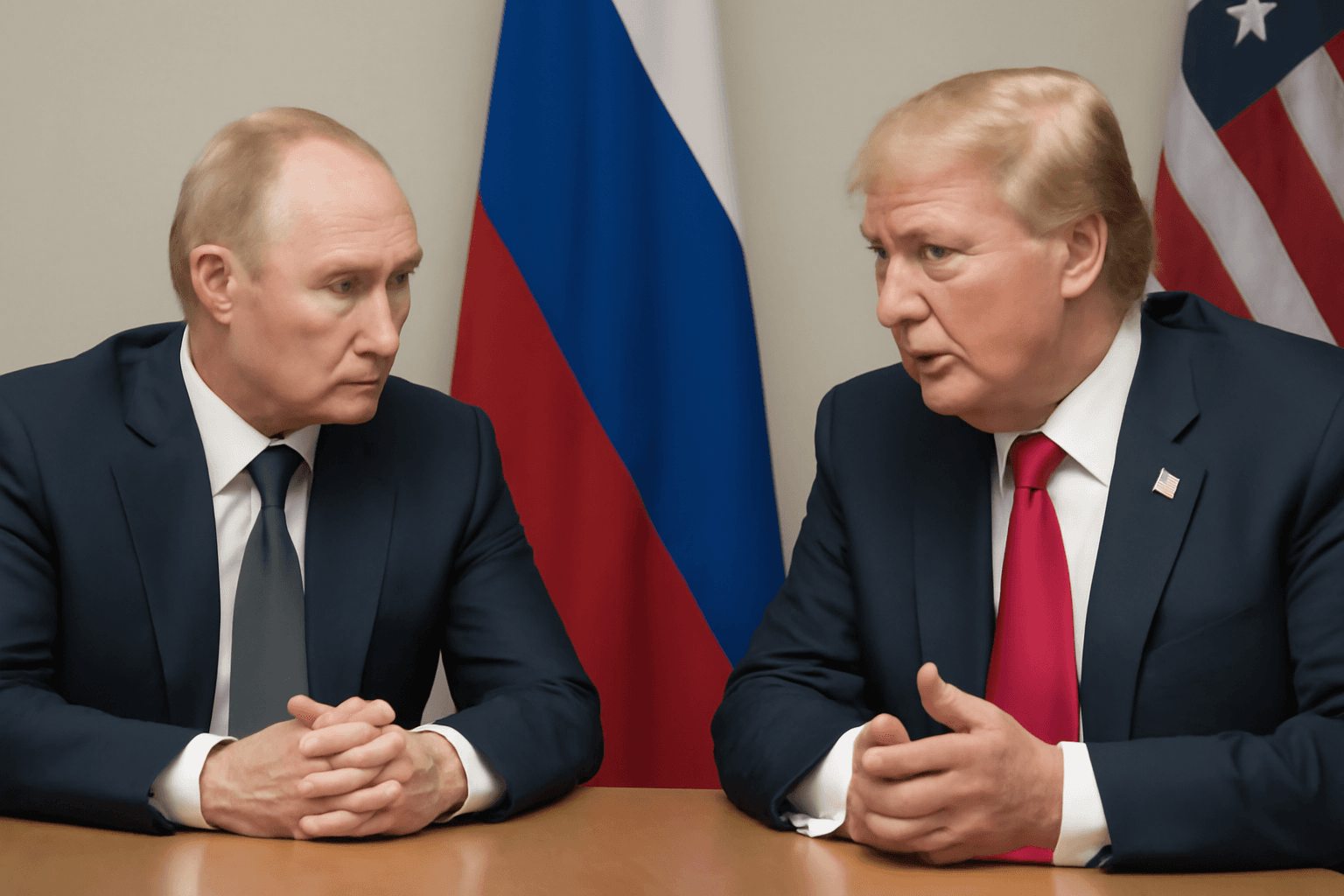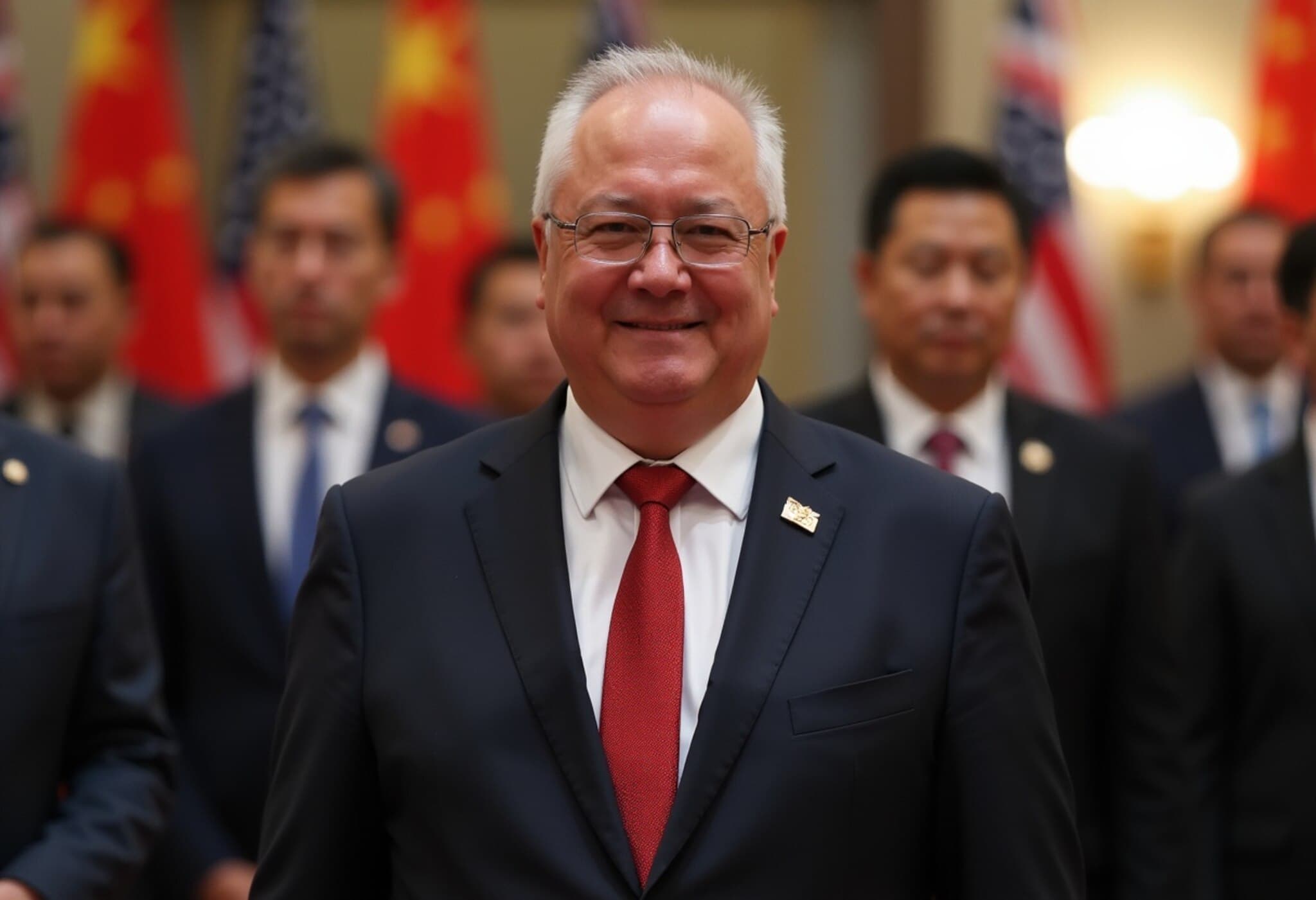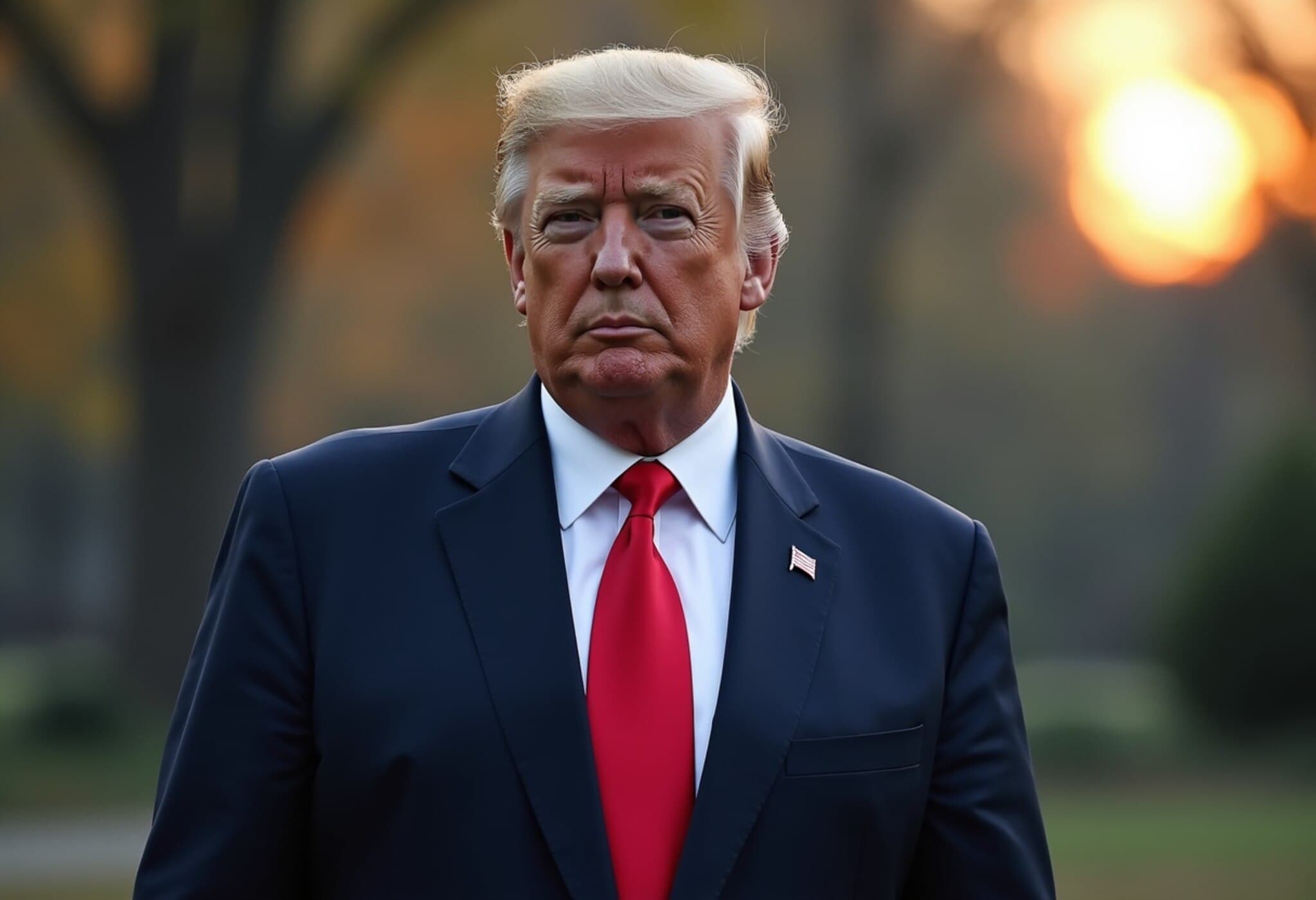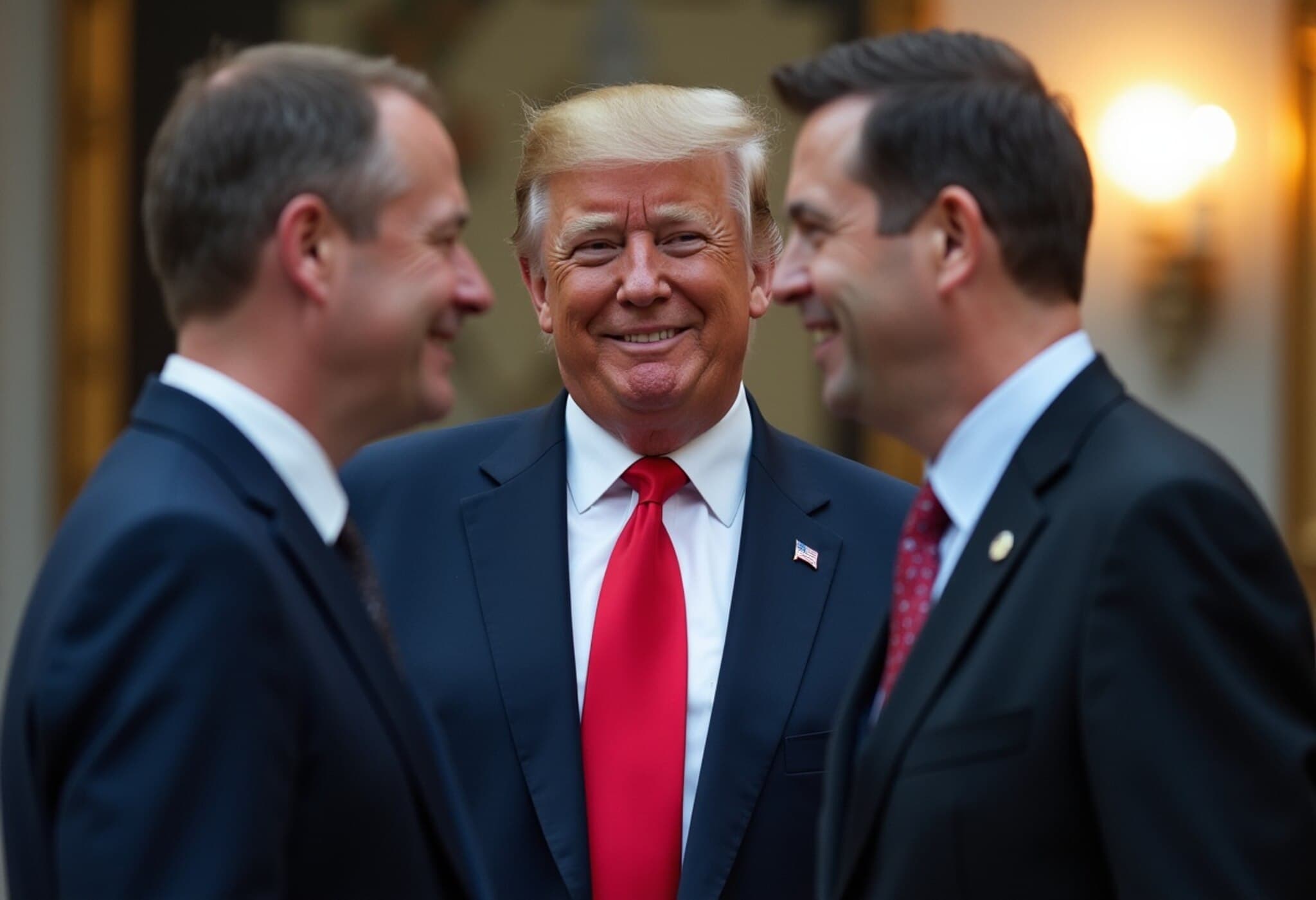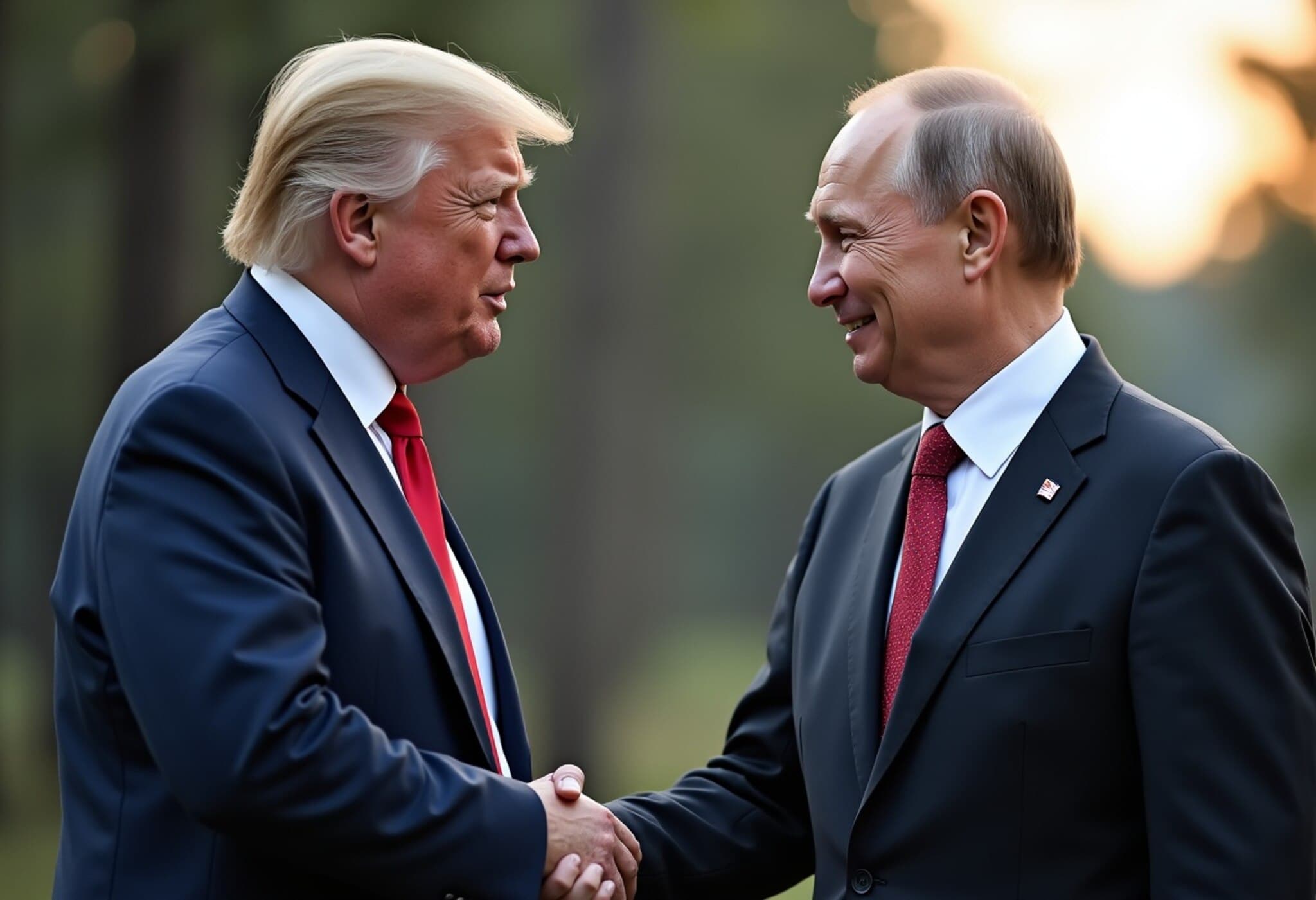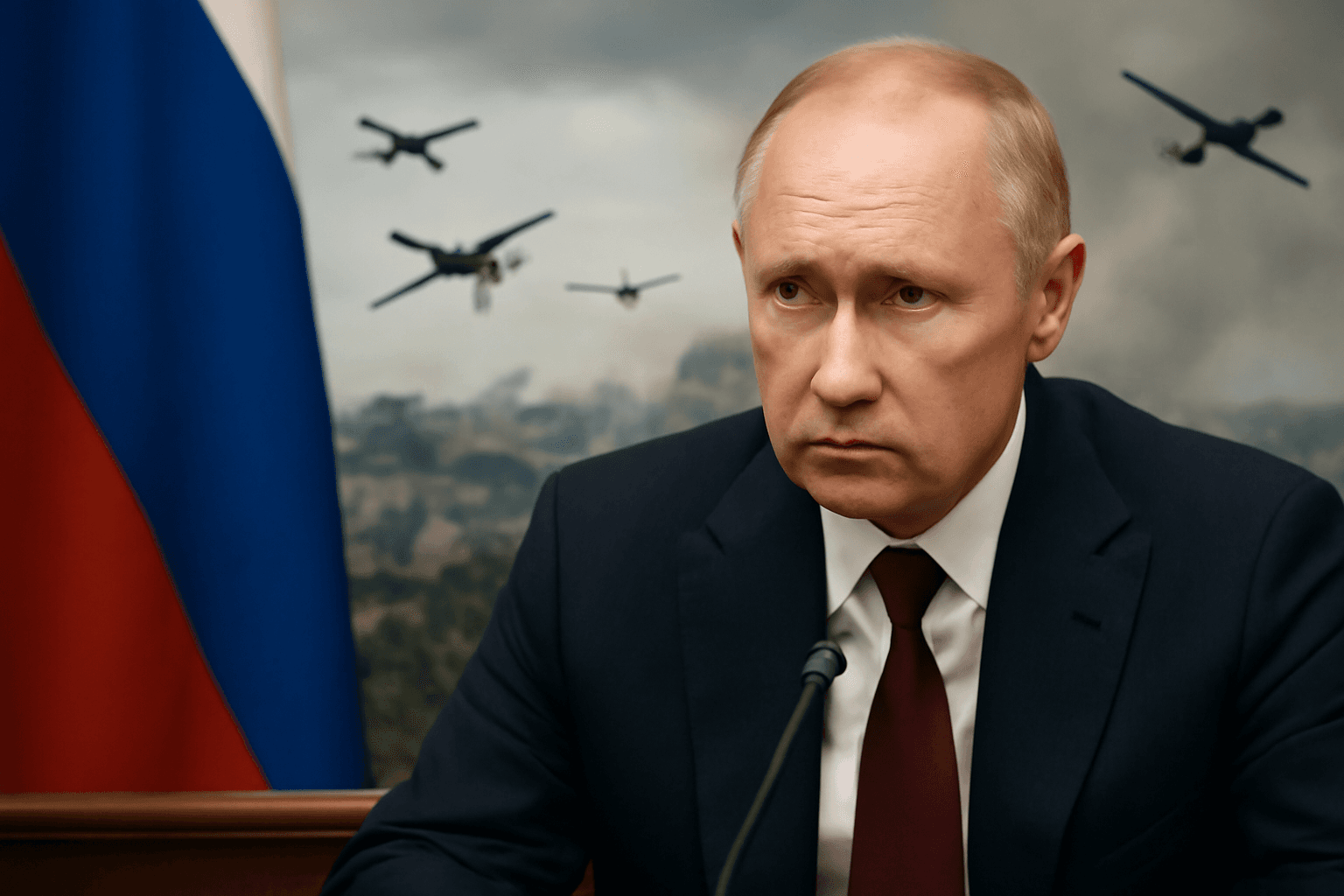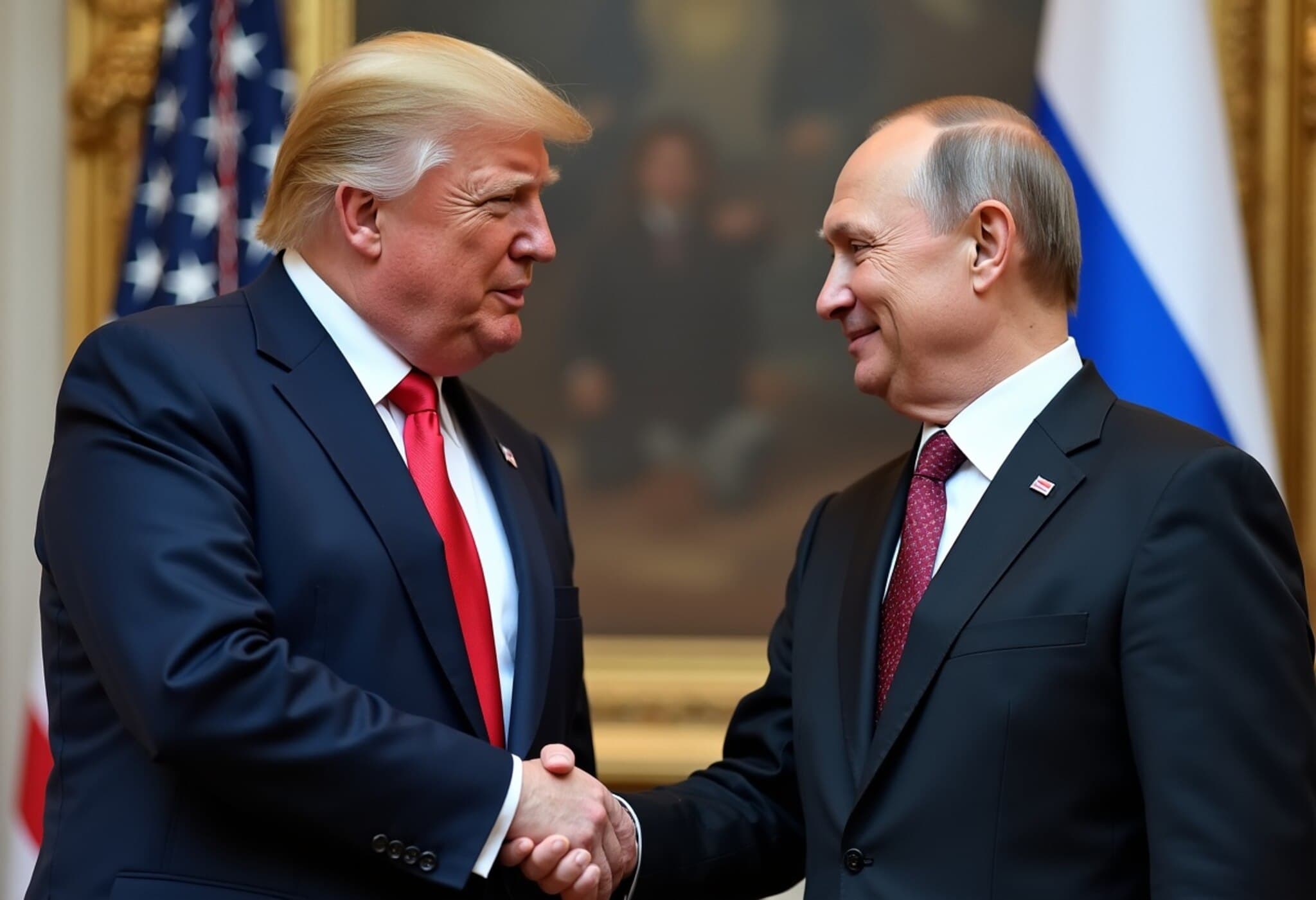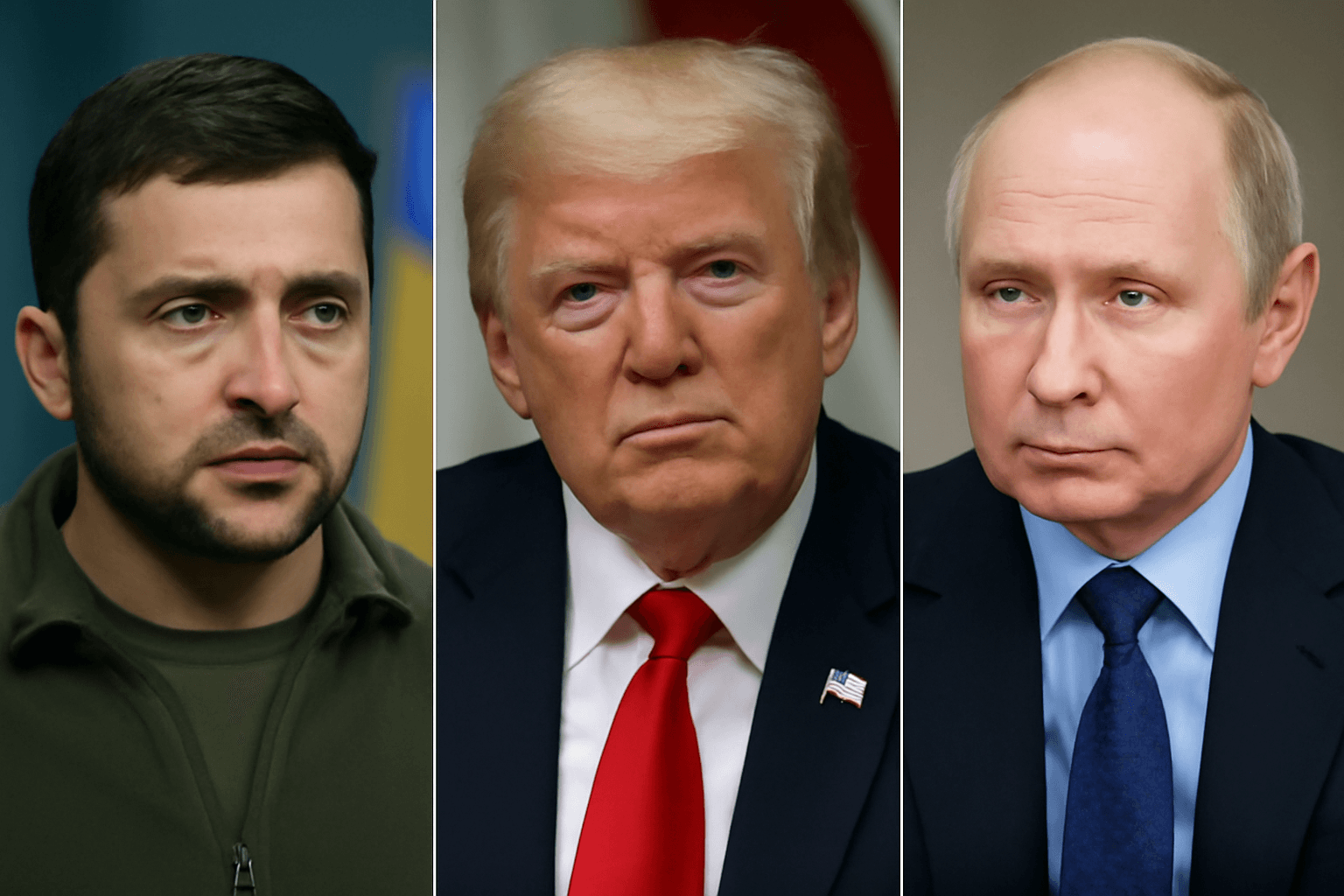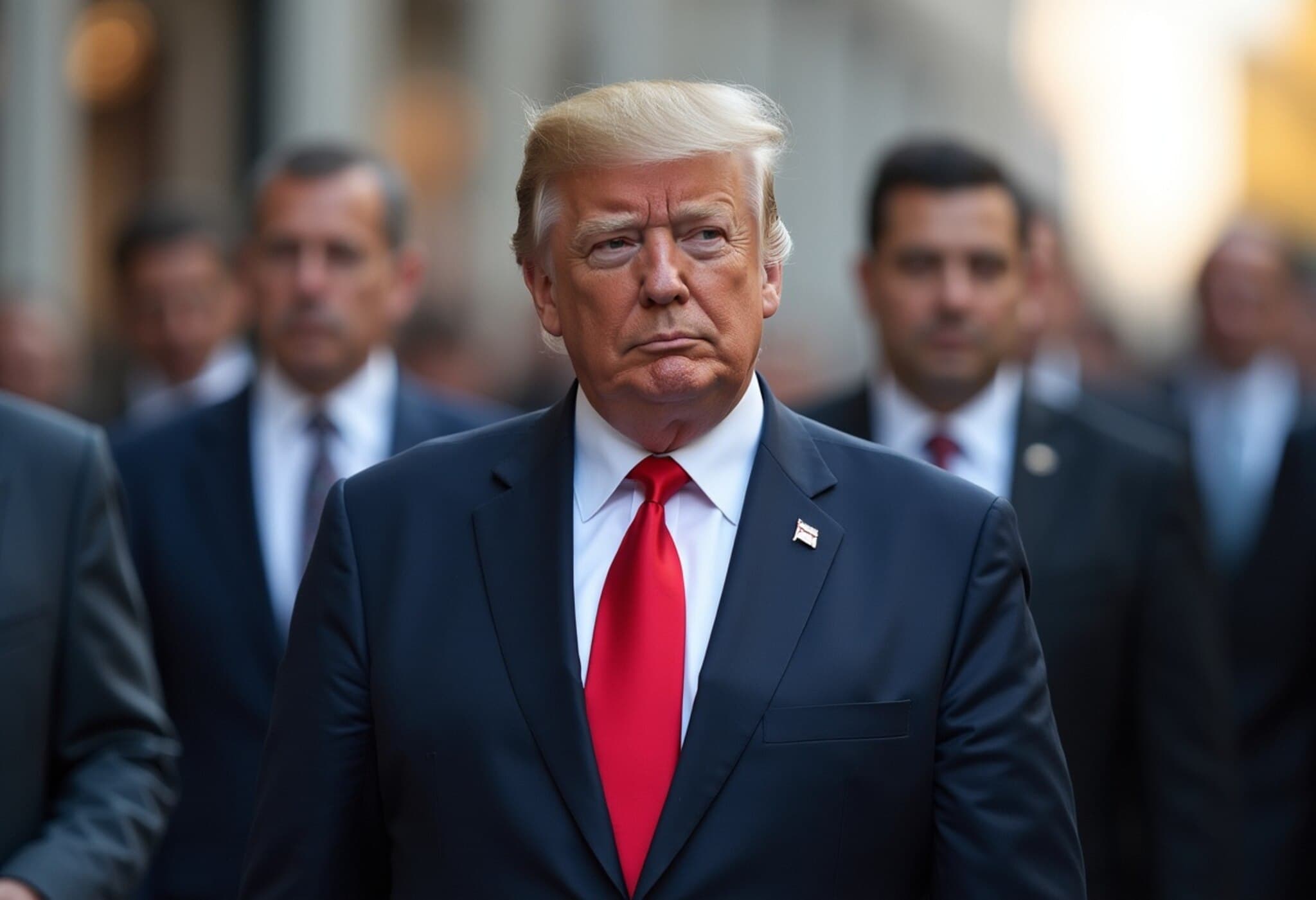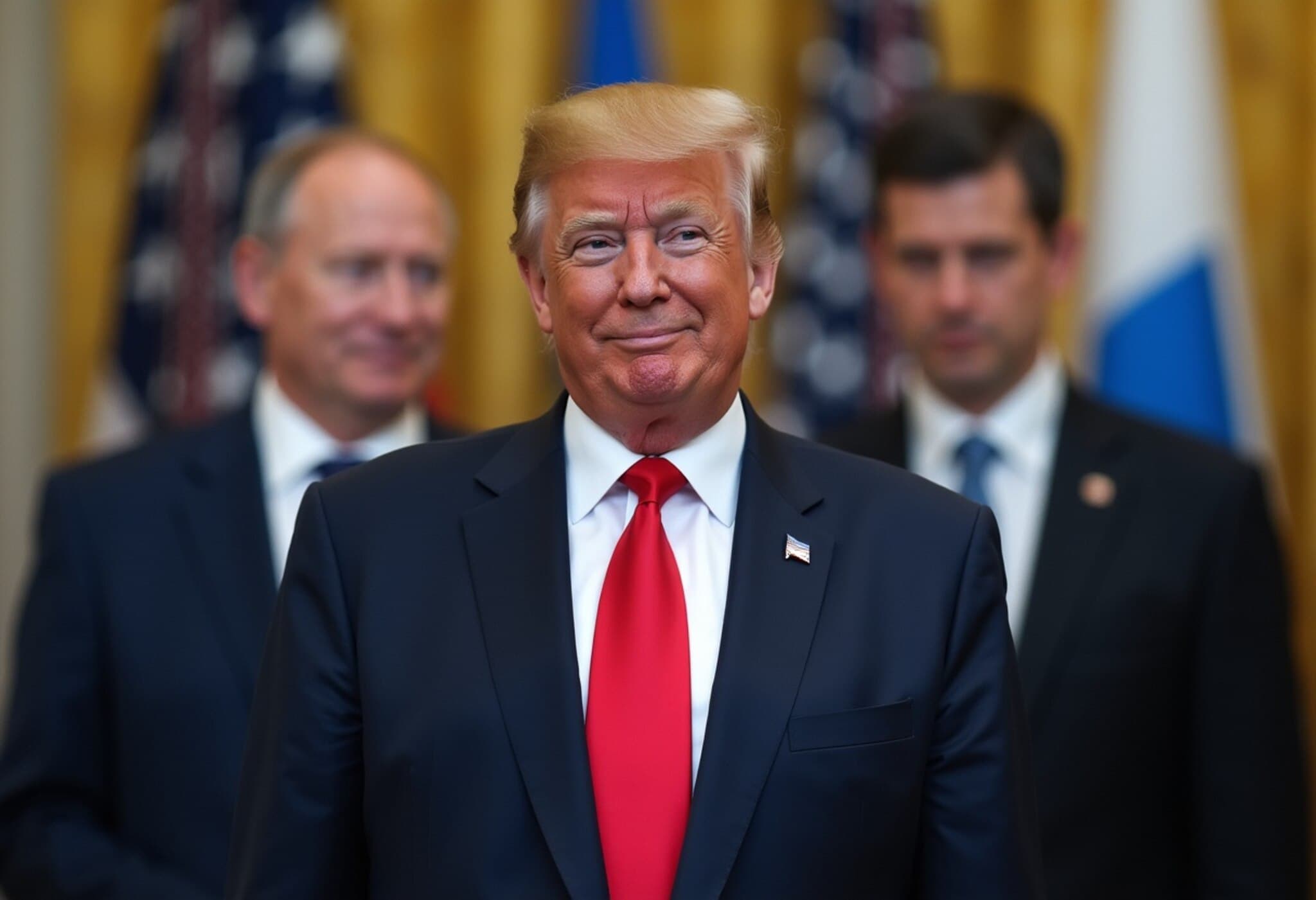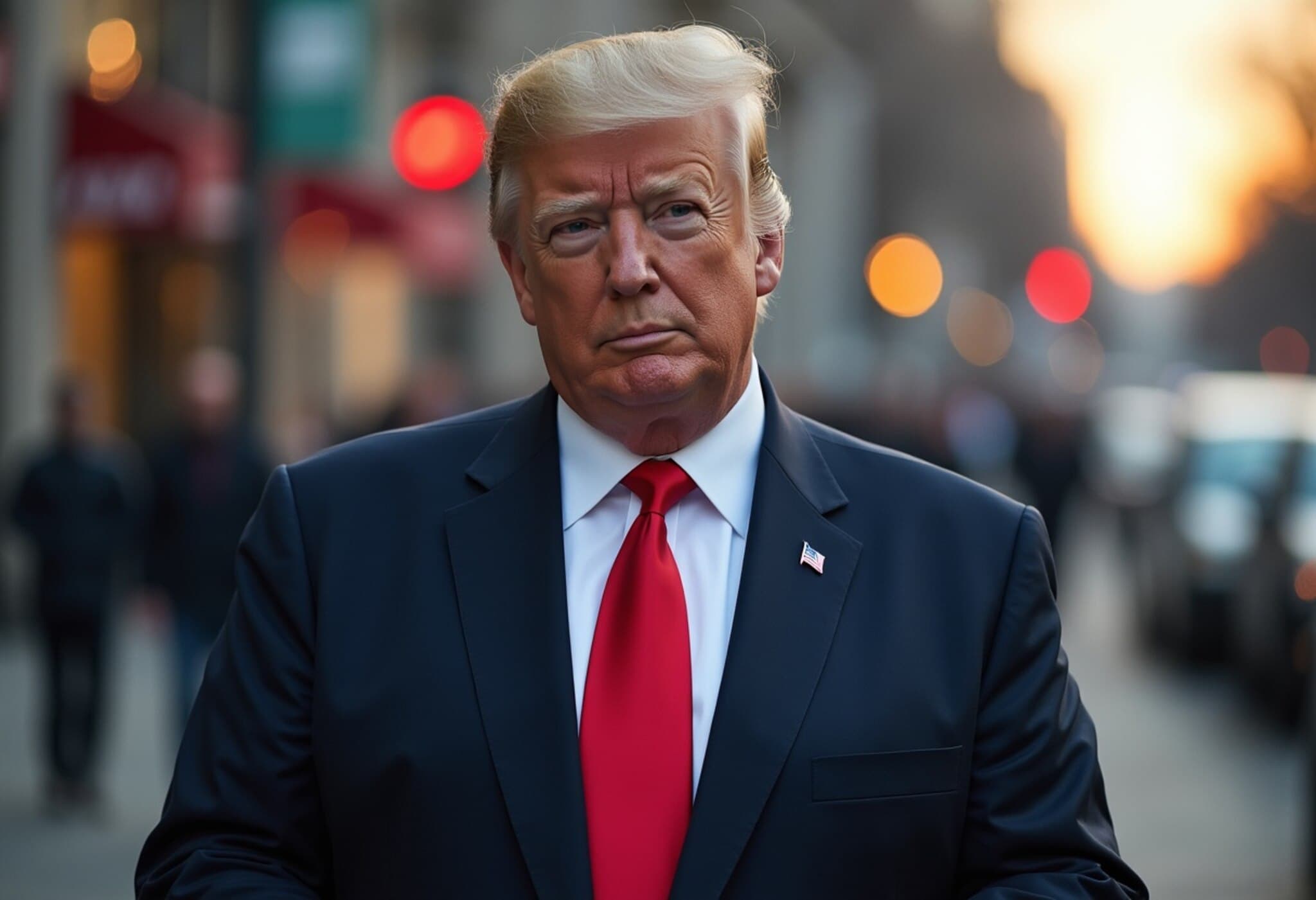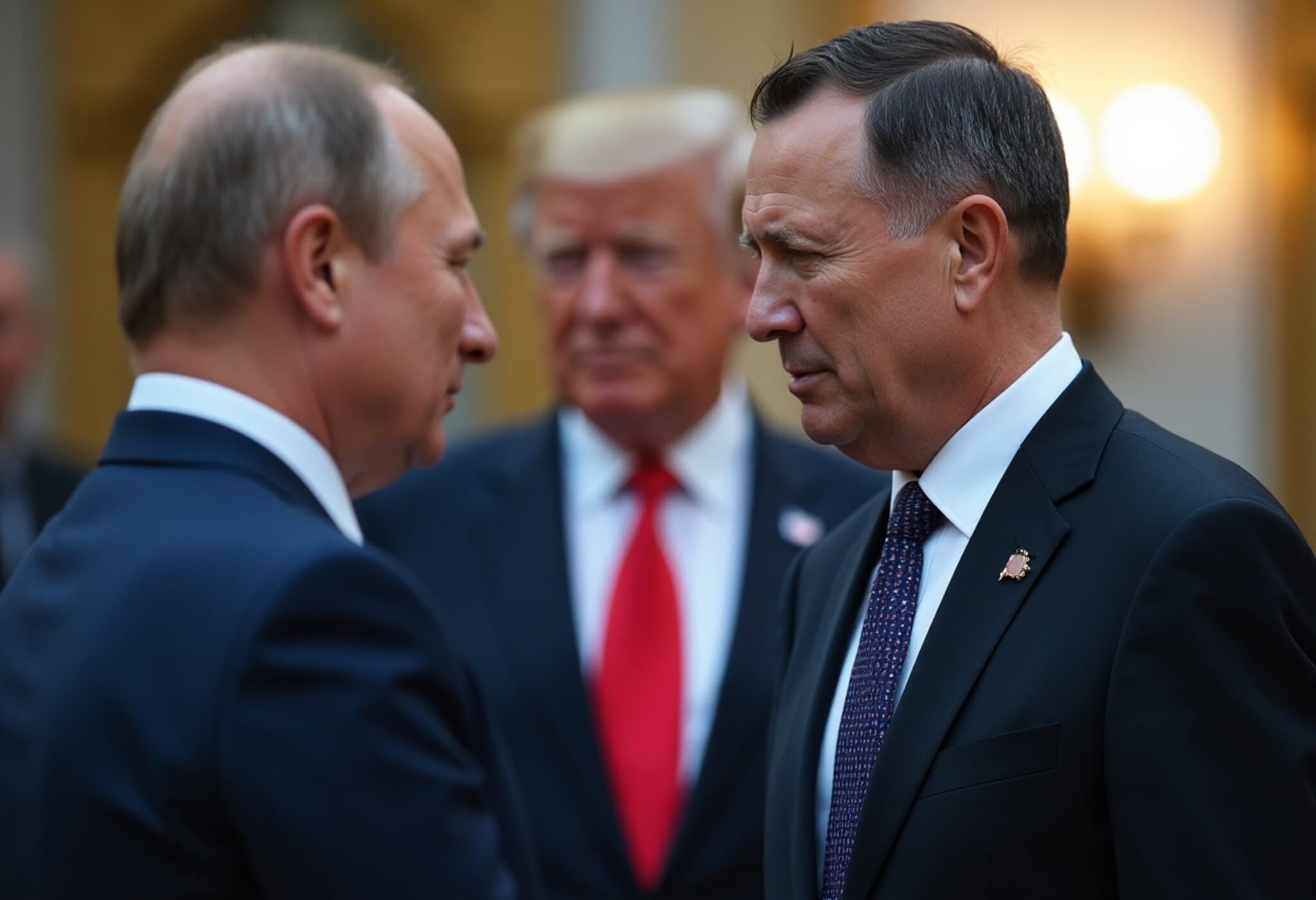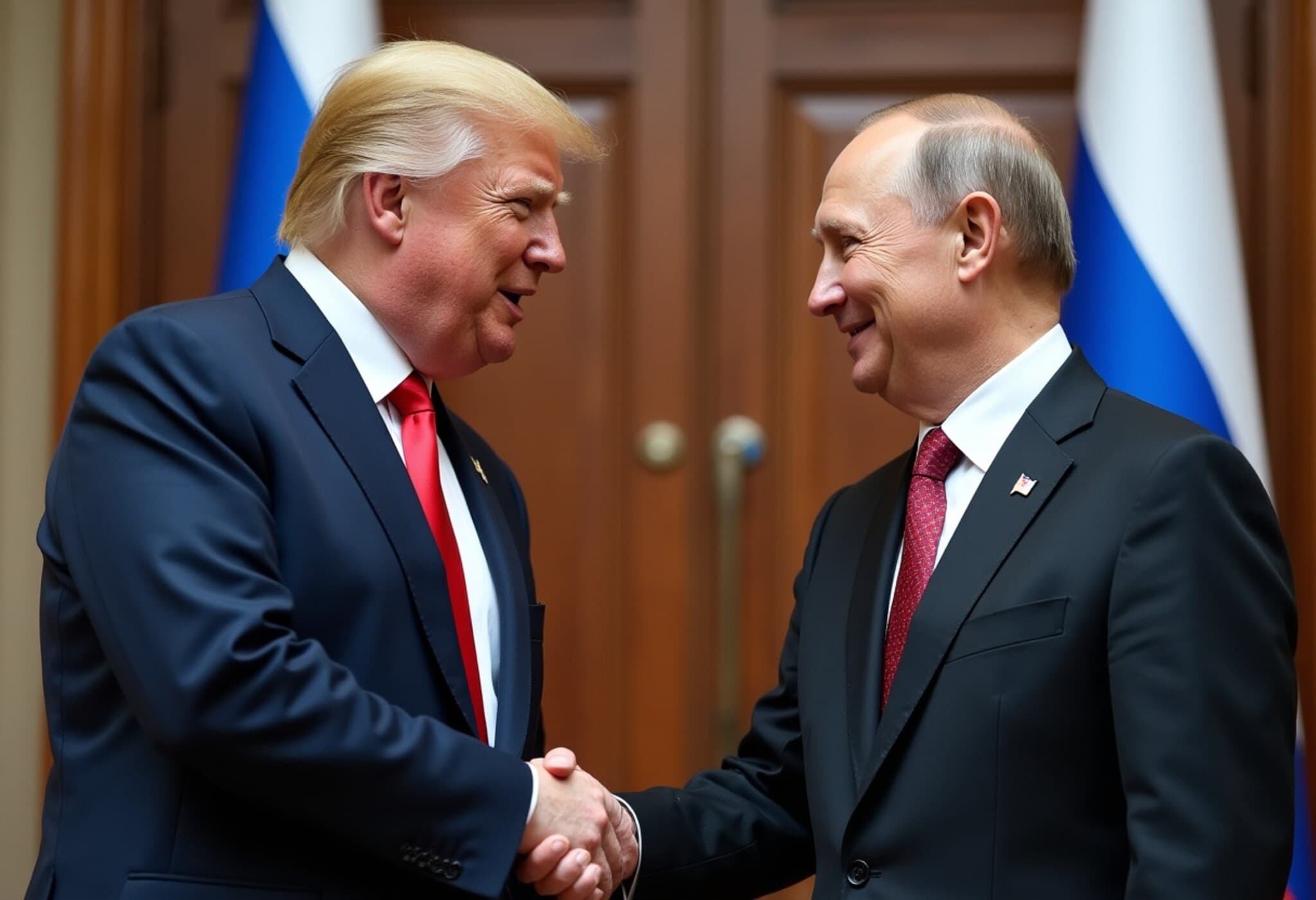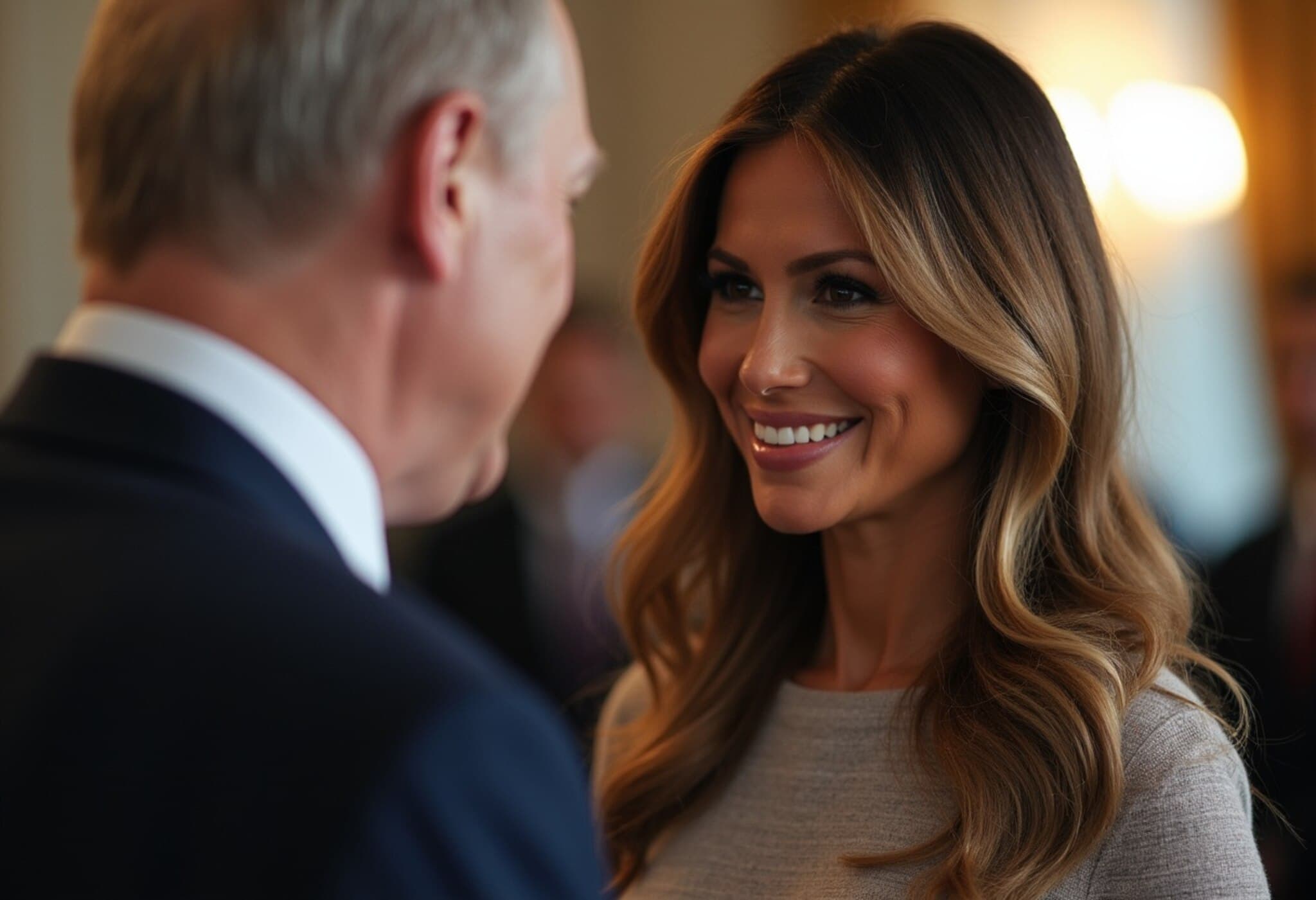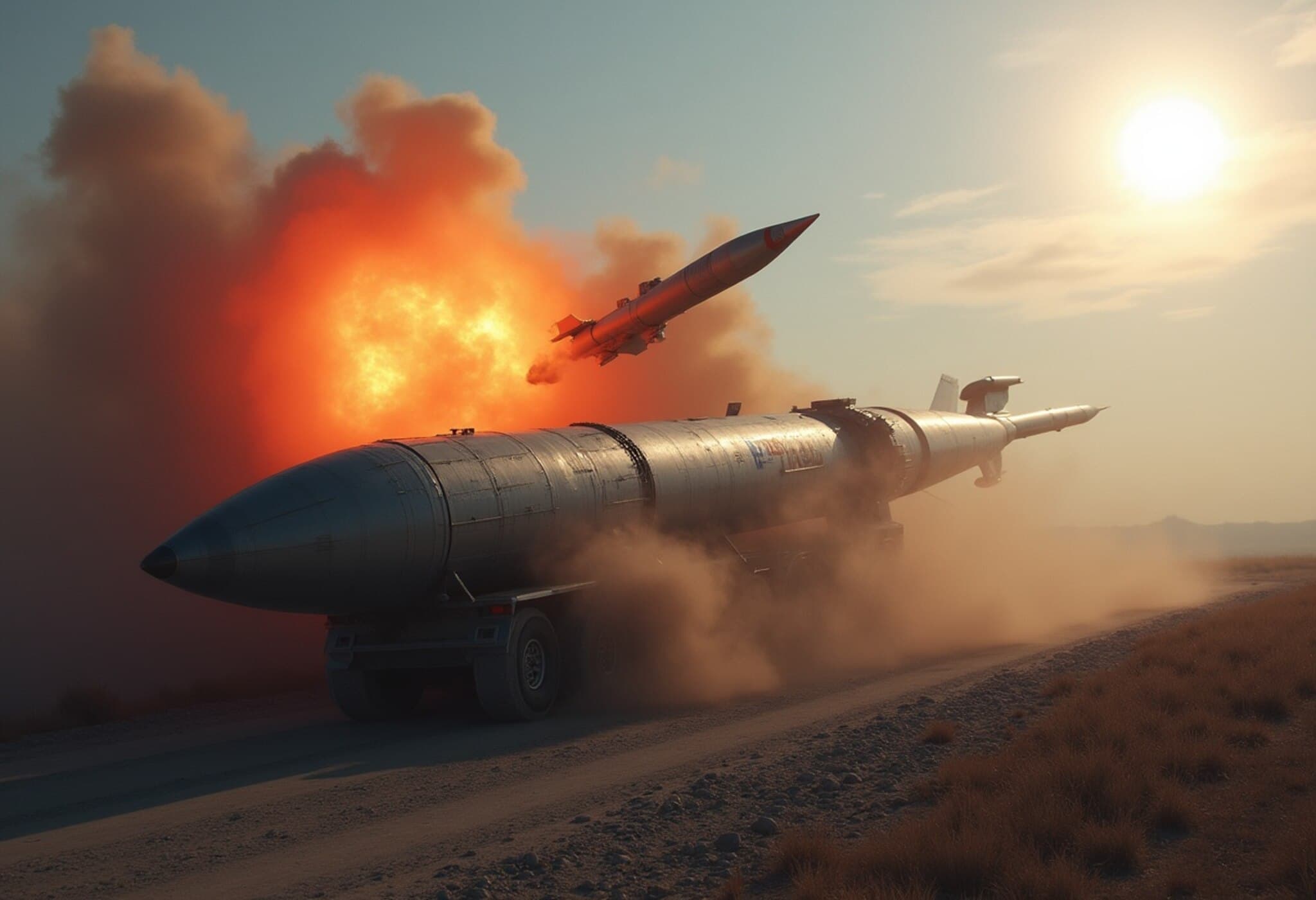Putin Attributes Ukraine Conflict Avoidance to Trump Presidency in 2022
In a highly scrutinized summit held in Anchorage, Alaska, Russian President Vladimir Putin asserted on August 15, 2025, that the ongoing war in Ukraine might never have erupted if former U.S. President Donald Trump had been in office during 2022. This provocative claim came during a nearly three-hour meeting between the two leaders, which many analysts had watched closely amid global tensions.
A Meeting Marked by Diplomatic Cautious Optimism
Following their discussions at the Joint Base Elmendorf-Richardson, Putin expressed gratitude towards Trump for his "cooperation and friendly tone," describing the prior period as challenging for U.S.-Russia relations. The Russian president emphasized the need to "rectify the situation," indicating a desire for a thaw in an otherwise fraught bilateral relationship.
Highlighting the significance of their talks, Putin remarked that the agreements made could serve as a foundation for resolving the Ukraine conflict and repairing diplomatic ties between Russia and the United States. Furthermore, he announced plans for a follow-up meeting in Moscow, expressing hopes that Ukraine and European stakeholders would refrain from "sabotaging" the dialogue initiated in Alaska.
Trump’s Perspective: Progress Without a Deal
In a joint press conference, Donald Trump characterized the summit as "very productive," despite no immediate breakthroughs to end the conflict. "There were many, many points that we agreed on," Trump said, underscoring incremental progress yet cautioning that "there’s no deal until there’s a deal." Both leaders spoke briefly to the press and avoided taking questions, reflecting the sensitive nature of the discussions.
Contextual Insight: Geopolitical and Policy Implications
Putin's assertion taps into a broader narrative championed by Trump's supporters that his administration could have negotiated peace or deterred conflict escalation. However, experts suggest this viewpoint simplifies the complex geopolitical undercurrents that precipitated the war, including NATO expansion debates, regional security concerns, and deep-rooted historical tensions.
From a U.S. policy perspective, the current Biden administration’s stance has focused on supporting Ukraine with military aid and sanctions against Russia. Trump's claim raises critical questions about alternative diplomatic strategies and their feasibility in curbing aggression without compromising allied commitments.
Underreported Narratives & Critical Questions
- Domestic political dynamics: How much did internal U.S. political changes shape foreign policy consistency toward Russia?
- European Allies' Role: Could Europe’s responses and ambitions have influenced both conflict escalation and peace prospects?
- Potential Backchannels: Are informal communications between U.S. and Russian officials a viable platform for conflict de-escalation?
Understanding these layers is crucial in evaluating the statements made and in anticipating the potential outcomes of future dialogues promised by both leaders.
Looking Ahead: What’s Next?
The prospect of a second meeting in Moscow opens a tentative window for diplomacy, yet the geopolitical landscape remains fraught with pitfalls. Observers will watch closely to see whether concrete measures emerge or if rhetoric outpaces tangible action. Both world leaders face the challenge of navigating domestic pressures while addressing global calls for peace.
Editor's Note
Putin’s remarks and the Alaska summit shed light on the complex matrix of leadership, diplomacy, and geopolitical strategies influencing the Ukraine conflict. While retrospective claims like these fuel debate, real progress hinges on multilateral cooperation and sustained engagement. Readers are encouraged to consider the broader historical context, the roles of various stakeholders, and the practical challenges of conflict resolution in assessing such statements.

